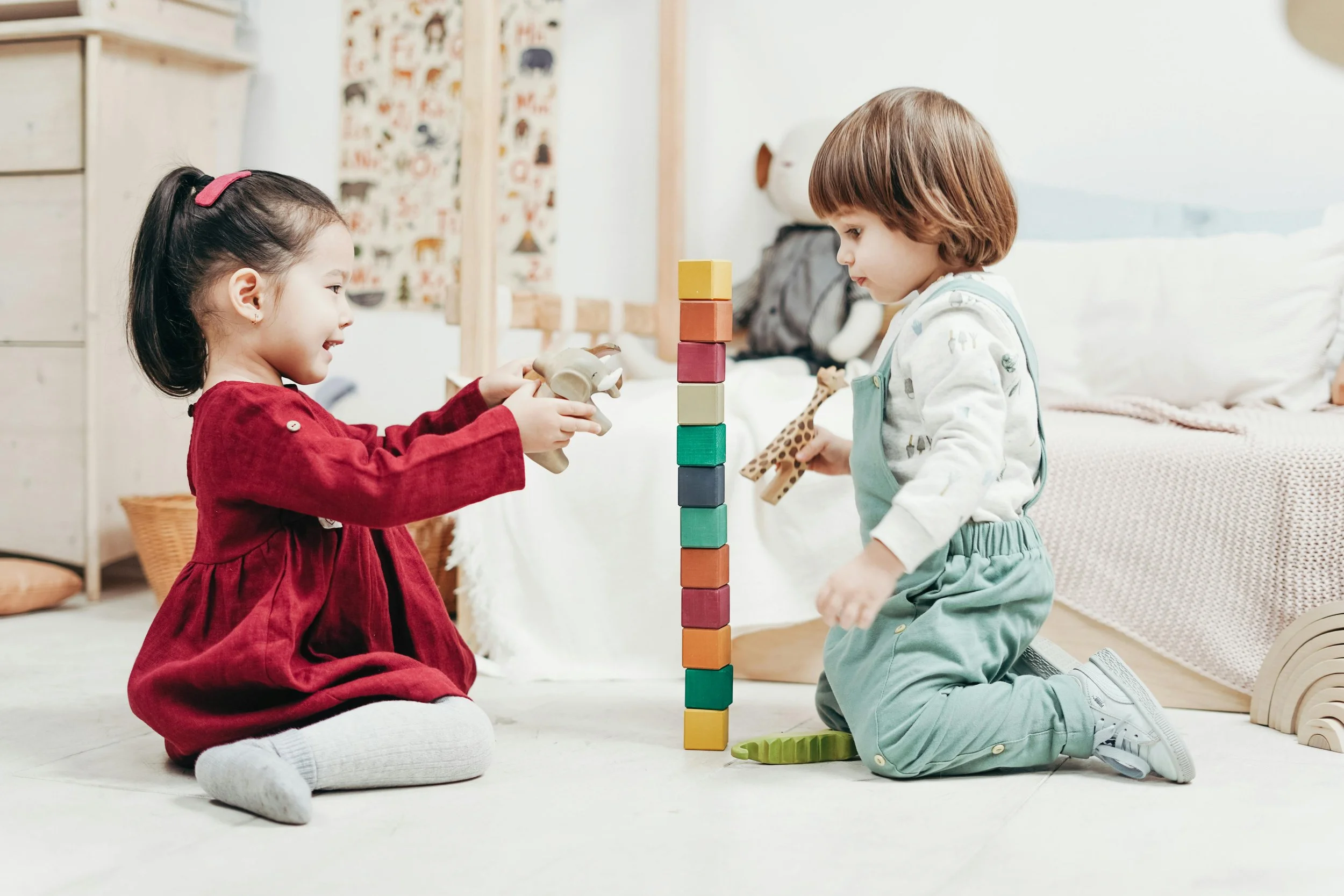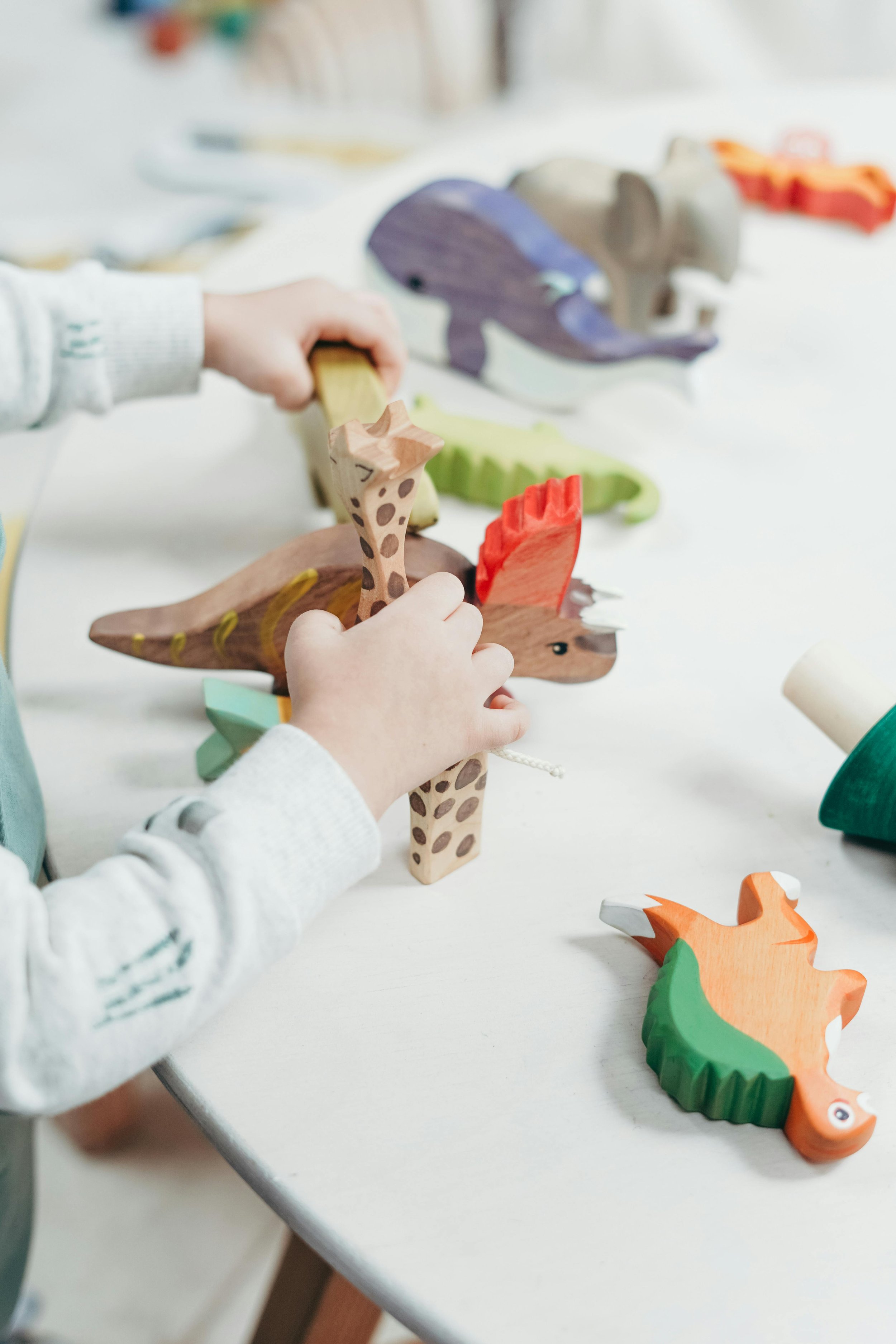Have you ever turned one of your ideas into a reality? For example, perhaps you imagined a new way your kitchen could be organized and you took the time to bring that vision to life. Children do this as well. They might build a structure with blocks and describe for you the castle they have imagined and brought to life. This is our creativity at work!
Dr. Ross D. Anderson shared the following with the Collaborative for Academic, Social, and Emotional Learning, “According to researcher Dr. Zorana Ivcevic, our creativity in both work and school settings is closely connected to our emotional intelligence and well-being.” In other words, when we are creative, we can expect that we might fail or make a mistake. We can be self-aware of the emotions we’d experience when those mistakes happen and develop coping strategies to help us feel calm and to continue with our creative work.
Additionally, creativity and social emotional skills, such as empathy, are interconnected:
Develops Empathy
When we are creative, we might often find ourselves imagining the perspectives of others. As we begin to understand the needs of others, we can have a greater appreciation for their perspective. For example, when creating a story with multiple characters one might want to have perspective of each character’s emotions rather than only focusing on the emotions of one particular character.
Builds social connections
Creative activities provide opportunities for children with similar interests to come together and connect. Whether it's a love for drawing, storytelling, or playing music, shared creative interests create a sense of belonging and community among kids. It nurtures their social awareness and helps them develop positive relationships.
Encourages collaboration
When kids are creative together, they learn how to build on each other’s ideas. This collaborative brainstorming fosters a sense of teamwork and mutual respect, and encourages cooperation. Creative activities are inherently more engaging and when kids collaborate together on creative activities, they are more engaged in bringing their ideas to life.
Strengthens emotional regulation
Creative activities offer children a variety of coping strategies for dealing with emotions such as anger and fear. For example, writing in a journal, playing an instrument, or engaging in imaginative play can help children process their feelings and find constructive ways to cope with stress or adversity.
Creativity in Practice
One way kids can practice and develop their creativity is through storytelling. Storytelling activities are interactive and participatory, giving children an opportunity to collaborate with others and learn more about the perspectives of others. Additionally, storytelling supports social emotional learning by:
Identification with Characters: Stories often feature characters facing various emotions and challenges. Children can identify with these characters and their experiences, helping them understand and normalize their own feelings.
Emotional Vocabulary: Through storytelling, children explore a wide range of emotions and learn the vocabulary to express and label these feelings. By discussing characters' emotions and motivations, children expand their emotional vocabulary, which is essential for effective communication and self-awareness.
Problem-Solving Skills: Many stories feature characters overcoming challenges and solving problems. By engaging with these narratives, children learn valuable problem-solving skills and resilience. They see that setbacks are a natural part of life and that there are multiple ways to approach and overcome obstacles.
Check out our storytelling activities for at school and at home available when you download Wisdom: The World of Emotions (iOS, Android, Web).
Creativity looks different for everyone and when we share our creativity with others, we learn more about each other and build stronger relationships. What will you create today?



